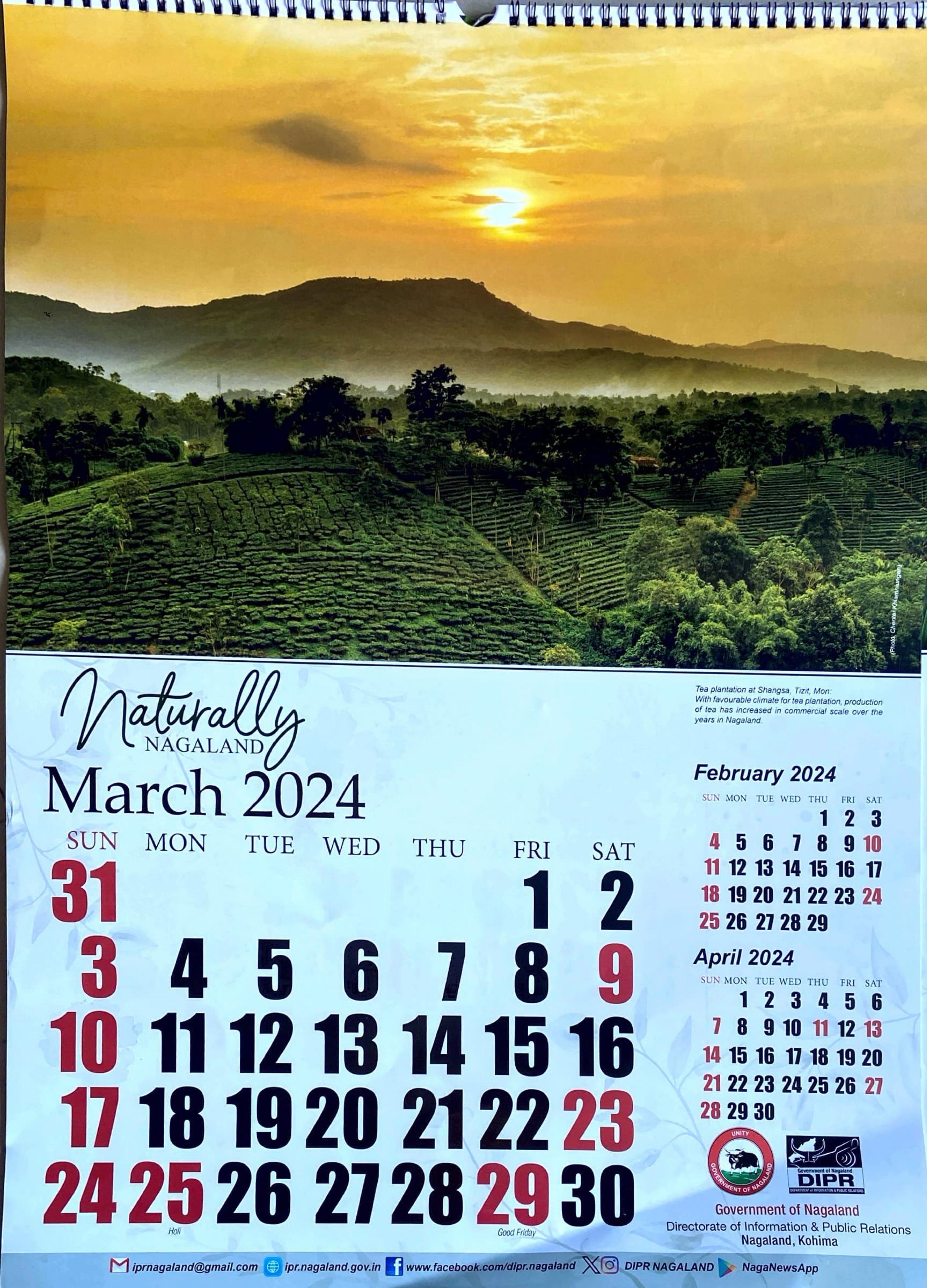
HEGA - ZELIANG TRIBE
The Hega Festival is one of the most importantand the biggest festivals amongst the Zeliang community. It falls in the month of February from 10th to 15th every year. It is a festival invoking the Almighty God to shower his blessing upon his people with richness, luck and courage. It is also a festival of joy, rest and get- together. On this day,people pray to Almighty God for protection and guidance. On this festival young couples are united for their future. The festival is announced earlier and all the preparations are done before-hand. The festival begins with a variety of program sand merrymaking.
First Day (Hega Teu Dap)
On this day, all the killing of animals for the festival are done in every household and those who have no such animals either buy or share with other members. On this day itself the eldest of the family calls all his grandsons and daughters for a common meal to his house.Here they share special songs which are composed specially for their grandsons and daughters. The grandsons and daughters have to wear new shawls for that special occasion.
In the evening the engaged couple, especially the bride, will present all the traditional dresses like shawls and other garments.Together with the boys and the elders there will be a common gathering at the bridegroom’s Morung (the bride and the bridegroom are included).
SecondDay (Herie Kap)
On the second day of the festival, the gate keeper of the main gate will have a special and separate prayer invoking the protection of the Almighty to the Villagers and to shower his blessing in all walks of life for the year to come. After the prayer, he would go to the jungle and there also he will offer a special prayer asking God to show him the right tree for the sacrifice. When it is shown to him the youth will cut it and shape it into a Hornbill and put it up in the main Gate with decoration and other necessary things.
In the evening, the elders and the boys will make noise (Nro) and go up and down the whole village for two or three time sand at the end they will try to pierce the heart of the wooden Hornbill. If they manage it then it is good luck. Richness and blessing will be bestowed on his children. After this all men and boys will gather in their own Morung to offer special prayer especially for good luck in hunting.
ThirdDay (Tsing Rak)
On this day early in the morning, the bride will gather all the girls from her Khel. They will go to the jungle to cut firewood for the evening. This firewood is split into small pieces and the bark is also taken out. The firewood will be fresh only. In the meantime, the elders and youth from the khel will go to the jungle and cut a big tree which is shaped after which color is put on the two wooden pieces showing the purity and virginity of the bride.
In the evening, the bride will carry the two wooden pieces which signifies her life. The firewood and the wooden pieces are kept in the main gate or the last gate of the village. With these two heavy wooden pieces (ten to twelve feet in height) the bride will start from the gate and the rest of the girls and boys will carry the firewood and follow the bride to the girls' Morung. On this night, the bridegroom will provide food and drinks to the girls in the Girls’ Morung.
Fourth Day (Rodi)
The fourth day and the last day of the festival is the most important day of the festival. In the morning, the boys will prepare the place for long jump and wrestling (a place which is set apart by their forefathers). On this day traditional dresses like shawls and other garments are worn.
In the evening, all the villagers will gather at that particular place where long jump and wrestling take place. The men and boys will make noise (Nro) and go up and down the village for three times.After this they will come to the jumping place and make noise two times again(invoking God to bless the villagers for their work). Then the long jump will take place and after that the wrestling. The winner of Long Jump will have to give in kind or in cash to the Village High Priest. Then there will be singing together with the bride, up and down the village. The songs are of love, praise and farewell to the bride and the bridegroom, especially to the bride, because she can never take part again in dance or in such practices.
At night the bride would visit each household encouraging men, boys and girls to take part in the dance. For the elders(men),she will prepare special soup from meat and give them for their health and strength to participate in the dance.






